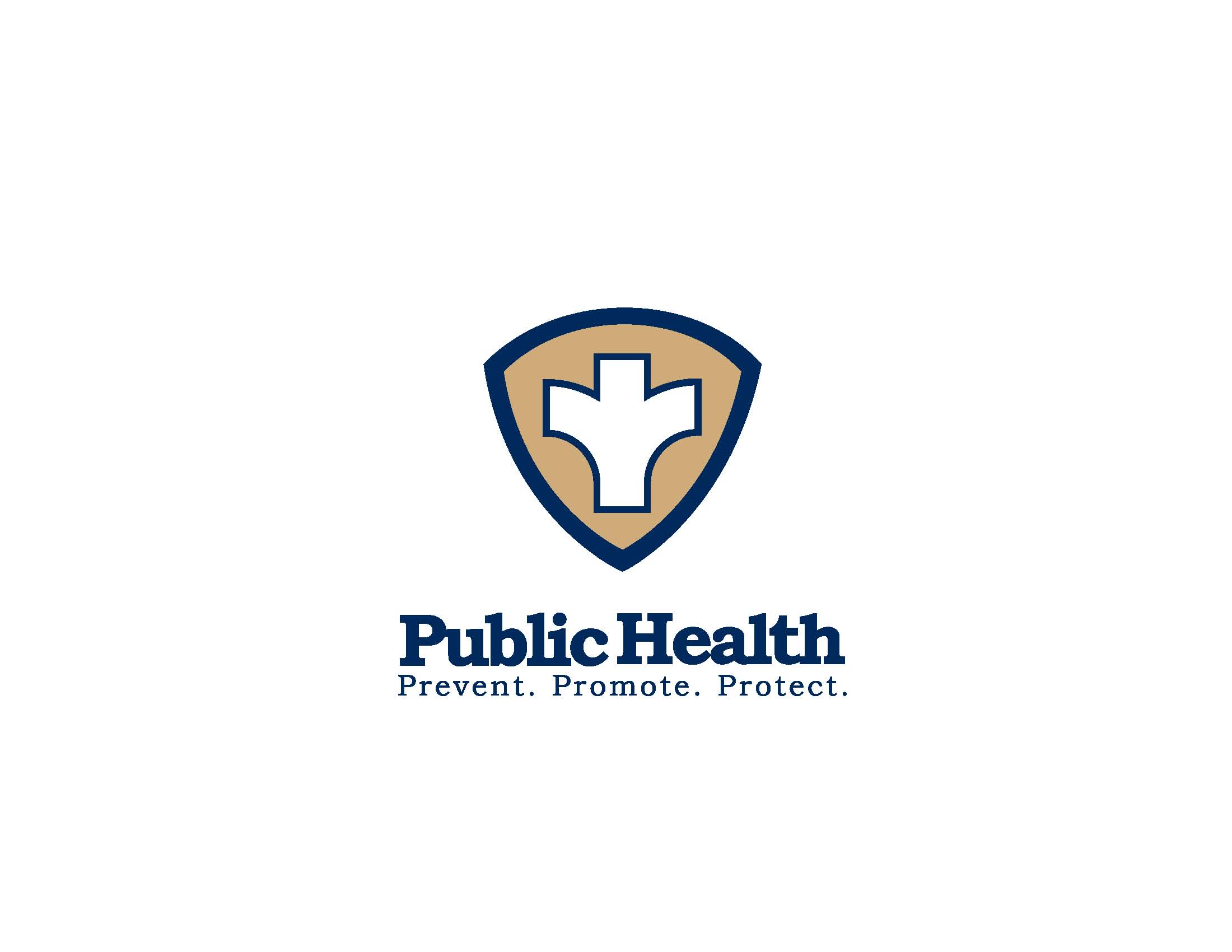Course
PUBH-100: Global Issues in Public Health
Document Type
Report
Publication Date
2018
Disciplines
Environmental Health and Protection | Parasitic Diseases | Public Health | Public Health Education and Promotion
Description, Abstract, or Artist's Statement
Sub-Saharan Africa is the large area situated south of the Saharan desert. It is considered one of the poorest regions in the world; the territory faces many challenges in respect to public health. One of the most important issues that sub-Saharan Africa faces is malaria. It is spread through the female Anopheles mosquito. Environmental factors of sub-Saharan Africa heavily influence the rates of incidence in the region due to high populations of mosquitoes. Social determinants of health affect risk in the sub-Saharan populations. Little access to healthcare, built environment, and education all impact incidence of malaria in the region. Children under the age of 5, pregnant women, and travelers are at the highest risk for contracting malaria. Interventions have already been implemented in the region; they include indoor residual spraying and bed nets. Strengthening healthcare systems and expanding vaccination research both are possible interventions for the future of malaria in sub-Saharan Africa.
Augustana Digital Commons Citation
Morris, Caroline. "Malaria: Sub-Saharan Africa" (2018). Global Issues in Public Health.
https://digitalcommons.augustana.edu/pubh100issues/20
Creative Commons License

This work is licensed under a Creative Commons Attribution-Noncommercial-No Derivative Works 3.0 License.
Included in
Environmental Health and Protection Commons, Parasitic Diseases Commons, Public Health Education and Promotion Commons

